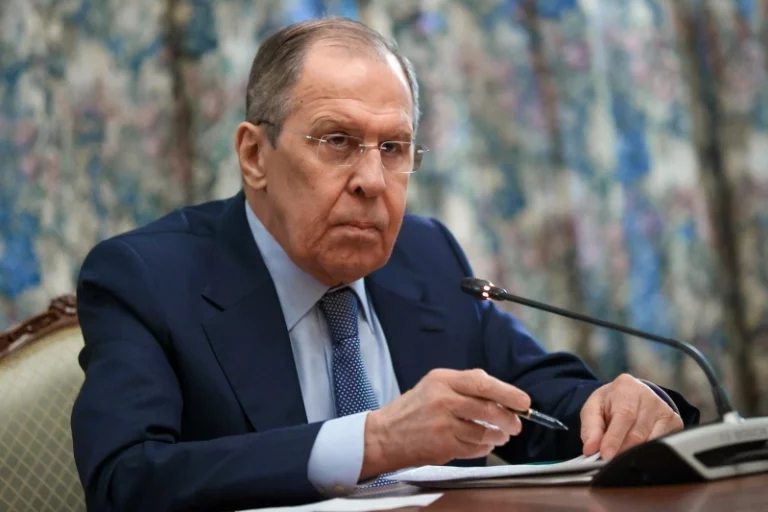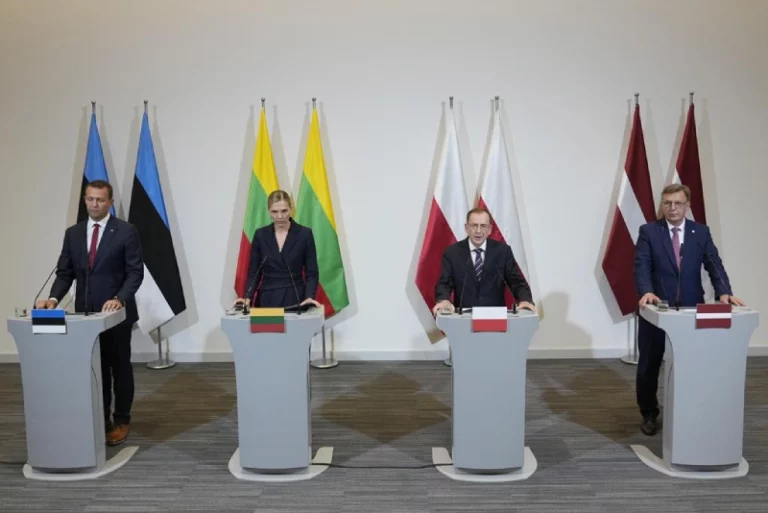Poland’s fourth quarter GDP growth indicates that the country’s economy expanded by 2% year-on-year, driven by a rise in inventories and net exports, according to report from ING.
While domestic demand rose slightly, weak consumption, as a result of high inflation, limited overall growth. Investment, on the other hand, grew unexpectedly, helping to offset the decline in consumption. Gross fixed capital formation rose by 4.9% YoY, adding 1.0pp to the annual GDP growth rate.
Exports growth
In terms of its neighboring countries, the positive contribution of net exports to Poland’s GDP growth in the fourth quarter was the highest in over two years. Export growth outpaced import growth in the last quarter of 2022, with exports of goods and services growing by 2.0% YoY, while imports advanced by 1.1% YoY. This indicates the potential for growth in the foreign trade balance, which could boost economic growth in 2023.
However, ING’s forecast for the coming quarters is that domestic demand will remain weak due to subdued consumption, with the first quarter of 2023 expected to bring a decline in GDP on an annual basis (down by about 1%).
Low domestic demand
Low domestic demand will be further dampened by the negative contribution from the change in inventories. In 2023, economic growth will be mainly driven by an improvement in the real foreign trade balance.
For the whole of 2023, ING expects GDP growth in the vicinity of 1%, which until recently seemed an optimistic assumption. This forecast is supported by improving global economic sentiment and less pessimistic expectations for the economic situation in Europe than seen earlier.
However, the structure of GDP growth (weak domestic demand) should support disinflation. It is important to note the large role of cost factors in generating inflationary pressure. Weakening domestic demand may not be enough to significantly reduce persistently high core inflation.
Overall, the report suggests that Poland’s economy and neighboring countries’ economies will continue to face challenges, with weak domestic demand and high inflation posing significant obstacles to growth.
While an improvement in the real foreign trade balance could provide a boost, ING does not see conditions for credible and justified rate cuts in 2023, and pro-inflationary fiscal stimulus could further complicate the situation. It is also worth noting that changes in the GDP/inflation outlook in the US and eurozone may impact the situation in Poland and the wider region.

















